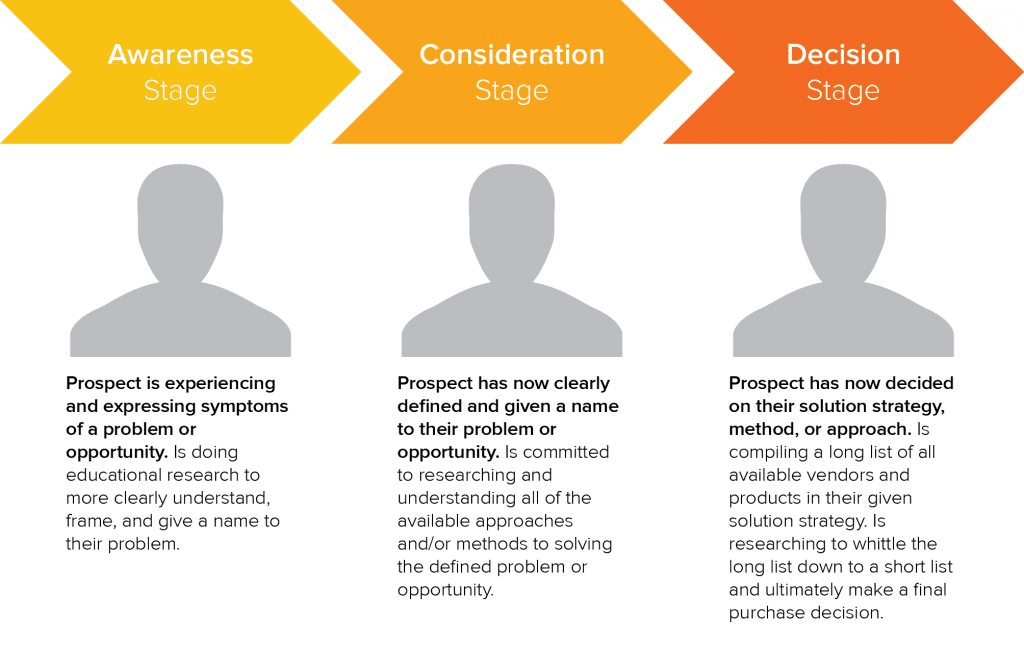We know that conducting content audits can sometimes be time-intensive and tedious. We also know that they are almost always worth the effort. Why? Well, because running audits on your content can provide your organization with strategic insights that help steer the direction of your current and upcoming campaigns. Here are the key benefits of a content audit.

What is a Content Audit
A content audit is a comprehensive analysis of all of your content collectively. “Content” in this context includes your website content such as offers, blogs, and infographics, as well as offline sales and marketing materials, like sell sheets and brochures.
What’s Included in a Content Audit
During an audit, you will pull all relevant stats and information about each piece. Relevance is in the eye of the bolder it turns out. Consider why you’re completing an audit in the first place and let that dictate what information you need. The purpose of your audit will be different depending on where you are in your content marketing strategy.
Must-haves to include in your audit per each piece of content:
- Title
- Quick topic summary
- URL
- Stage of the buyer’s journey (awareness, consideration, decision, etc.)
- Stage of the funnel (lead, MQL, SQL, etc.)
- Type of content (blog, infographic, etc.)
- Where the content is accessible/what pages it’s found on
- Persona targeted

Nice-to-haves in your audit:
- Relevance to current persona/business strategy
- SERP relevance and position
- Total ranking keywords
- Monthly or quarterly views
- Conversion rate
- Industry targeted
Some of the ‘nice-to-haves’ listed above might actually be critical for your audit. For example, if you’re conducting an audit because you’ve decided to lean into a secondary industry, you will want to include a column to capture it.
Benefits of a Content Audit
You can use a content audit in a variety of different ways depending on your organization’s goals and your current state of marketing. At Lake One, we use content audits to assess the current state of content for our new and existing clients. During onboarding, the content audit provides insights into where our new partners have focused their time previously. We can learn valuable information from this, as well as prevent reinventing the wheel by recreating existing content. Here are some of the most significant benefits and strategic insights of conducting a content audit.
Identify Gaps in Content with a Content Audit
First, a content audit can identify where your gaps in content lay. As part of the inbound methodology, buyers move through the journey to buying from awareness to consideration to decision. As buyers move along that journey, they seek information that gets more complex and product-specific as they go. Getting into the weeds a little, writing content for each stage pushes users into a purchase. For instance, somebody might start looking for a way to improve their manufacturing process (awareness). This might lead them into a specific piece of technology that could solve their problem (consideration), and that might bring them to contacting that particular company for a quote on that new technology (decision).

As inbound marketers, we want to be sure we’re serving content for every stage here. A content audit allows you to map where your content currently sits and where your gaps exist. Being too heavy on one end of the spectrum or another may be doing you a disservice.
Facilitate Strategy Creation
As I mentioned, we’re big fans of content audits here. Our Lake One FieldGuides™ (campaign strategies) almost always begin with a content audit. We start here because once gaps and areas of excess are illuminated, a strategy will start to appear. It will be clear where your opportunities exist, both in quick wins and in a long-term strategy.
Pro Tip: If you find you’ve written ad nauseam towards a specific persona or topic without the desired results, consider adding conversion rates, views, and SERP info into your audit. Compare that cluster of content to others to see if you can identify any misalignments to pivot on in the future.
Make Workflow Creation Easier
Workflows, or drip campaigns as some people call them, are a series of automated emails. These emails intend to serve your lead with helpful content, insights, and CTAs that nudge them into the next step of the funnel. A content audit acts as a visual representation of your available content to lay out the subject matter of each email. What’s usable? What subjects flow together to achieve the desired outcome? If you don’t have a library of suitable topics at the ready, your audit will also identify that for you, so you know what to include in your strategy during your next campaign.
Content Audit- the Sales Enablement Kickstarter
Lastly, having an up to date content audit available for your team to reference is the perfect first step into sales enablement. Sales enablement, according to HubSpot, is the “iterative process of providing your business’s sales team with the resources they need to close more deals.”
Related Reading: A Roadmap to a Sure-fire B2B Sales Enablement Strategy
If you give your sales team a living document of all marketing materials available, the hope is that they will use that content within their sales process. When sales and marketing teams are aligned, sales will give recommendations into the types of content they’d like created based on their conversations with real customers and prospects. Input from sales teams looks like:

- Typical questions their prospects have that could be addressed by marketing material
- Ideas for resources like eBooks, infographics or sell-sheets that may help close deals
- Which complex topics marketing can help simplify through content or design
- Passing along feedback on content from real conversations with prospects and customers
The content audit shows the sales teams what’s currently available for their use, and it also helps them identify what’s not. In the same manner that audits show marketers what’s missing from a high-level funnel perspective, sales teams can use it to determine the opportunities on a topical standpoint. The ultimate goal is to build out a content library that addresses all the needs of both teams.


